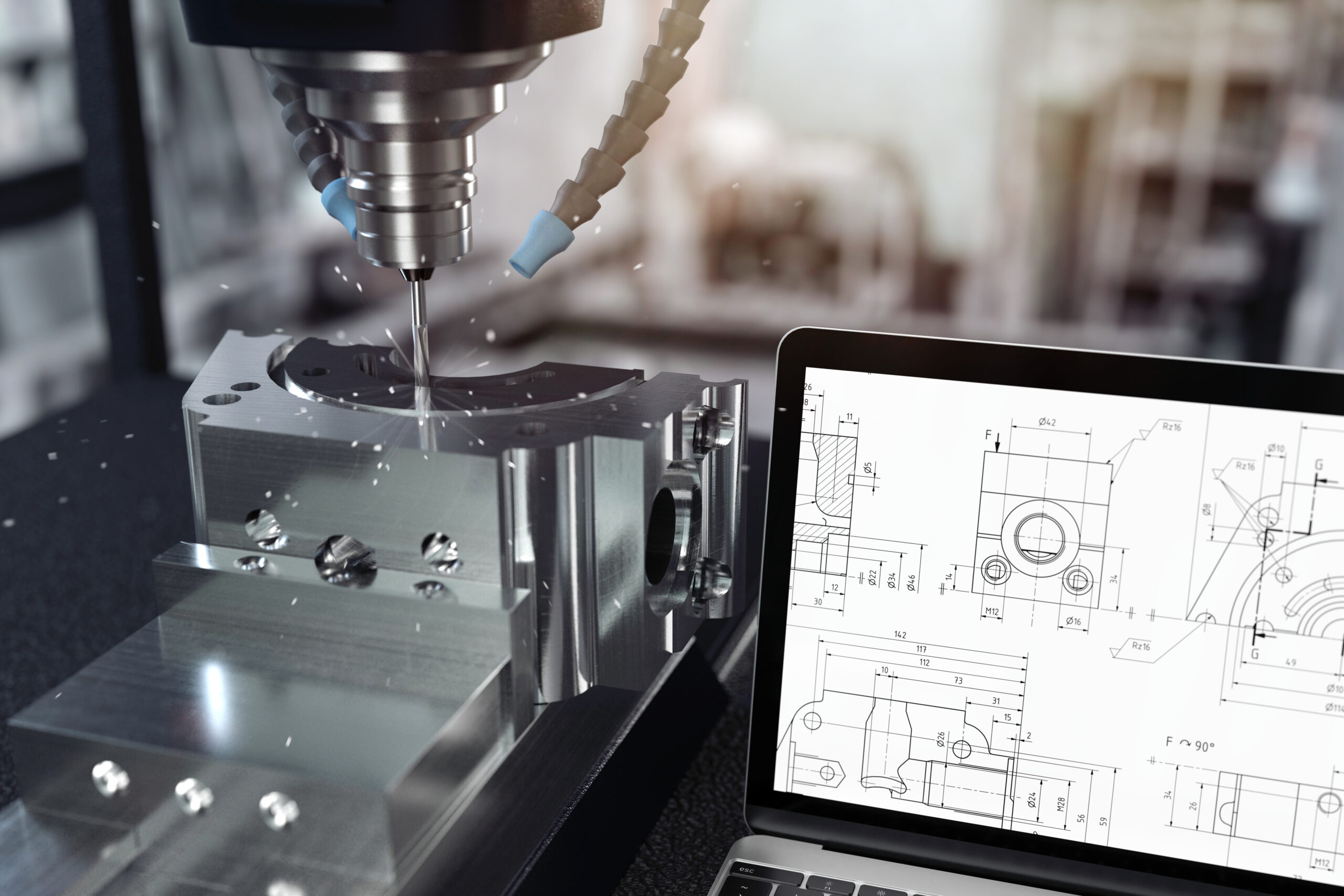In today’s competitive landscape, getting from concept to market quickly, without sacrificing quality, is more important than ever. Rapid prototyping has become a vital tool for product development teams looking to move fast, make informed decisions, and bring smarter products to life with fewer surprises.
Here’s how rapid prototyping is reshaping the way companies innovate:
1. Faster Iteration Cycles
Gone are the days of waiting weeks for a single prototype. Rapid prototyping enables engineers to turn designs into physical parts quickly, often in just days, allowing for real-time testing, feedback, and refinement. This acceleration helps teams explore multiple design options early in the process, identify improvements, and move forward with greater confidence.
2. Early Risk Mitigation
The further into production you discover a design flaw, the more it costs to fix. Rapid prototyping brings those risks to light early. By testing functional, production-representative parts before committing to full-scale manufacturing, teams can catch issues related to geometry, tolerances, material selection, or manufacturability well before they become costly setbacks.
3. Improved Communication Across Teams
Seeing is believing, especially when complex parts are involved. A physical prototype gives engineers, machinists, and stakeholders a shared point of reference that goes beyond 2D drawings or CAD models. This leads to better collaboration, fewer misunderstandings, and more effective decision-making at every stage of development.
4. Optimized for Manufacturability
Many rapid prototyping processes now mirror actual production methods, especially in high-precision machining. That means the parts being tested aren’t just placeholders, they’re functional models that reflect the same materials, toolpaths, and tolerances required in the final product. This production-aligned approach reveals critical insights about workholding, cutting dynamics, and dimensional stability that can’t be replicated with visual mockups or 3D prints.
5. Faster Time-to-Market
Perhaps the biggest advantage? Speed. Rapid prototyping compresses development timelines by reducing the number of unknowns heading into production. Teams can validate design choices earlier, reduce the number of change orders, and get to market faster, without compromising quality or performance.
Rapid prototyping isn’t just about speed, it’s about smart development. By bringing real-world validation into the earliest stages of the process, manufacturers can cut lead times, reduce costs, and eliminate surprises. For companies building complex, tolerance-critical components, rapid prototyping has become more than a nice-to-have, it’s a strategic advantage.
Let’s work together: https://megatechaq.com/en/contact/
Follow us on LinkedIn HERE!
